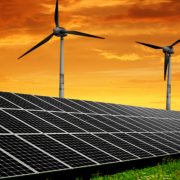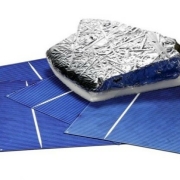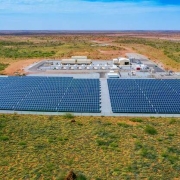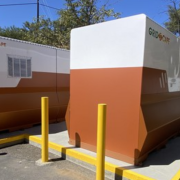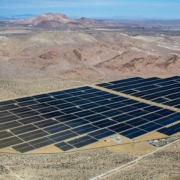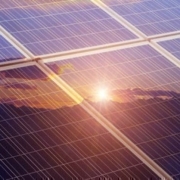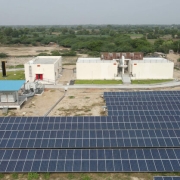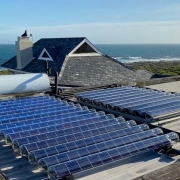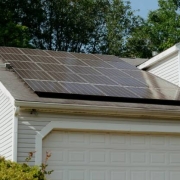Wind and solar combined now provide more generating capacity and produce more electricity than coal in the US, according to new data from the EIA and the Federal Energy Regulatory Commission (FERC), which was reviewed by the nonprofit SUN DAY Campaign.
In the first two months of 2023, electrical generation by solar (including small-scale solar PV such as rooftop) grew by 6.7%, compared to the same two-month period in 2022 – faster than any other energy source, according to the latest issue of the US Energy Information Administration’s “Electric Power Monthly” report, which contains data through February 28. This was driven in large part by growth in “estimated” small-scale solar PV whose output increased by 23.6% and accounted for 32.5% of total solar production.
The mix of utility-scale and small-scale solar PV plus utility-scale solar thermal provided 3.9% of the US’s electrical output.
Click here to read the full article
Source: electrek
—
If you have any questions or thoughts about the topic, feel free to contact us here or leave a comment below.

